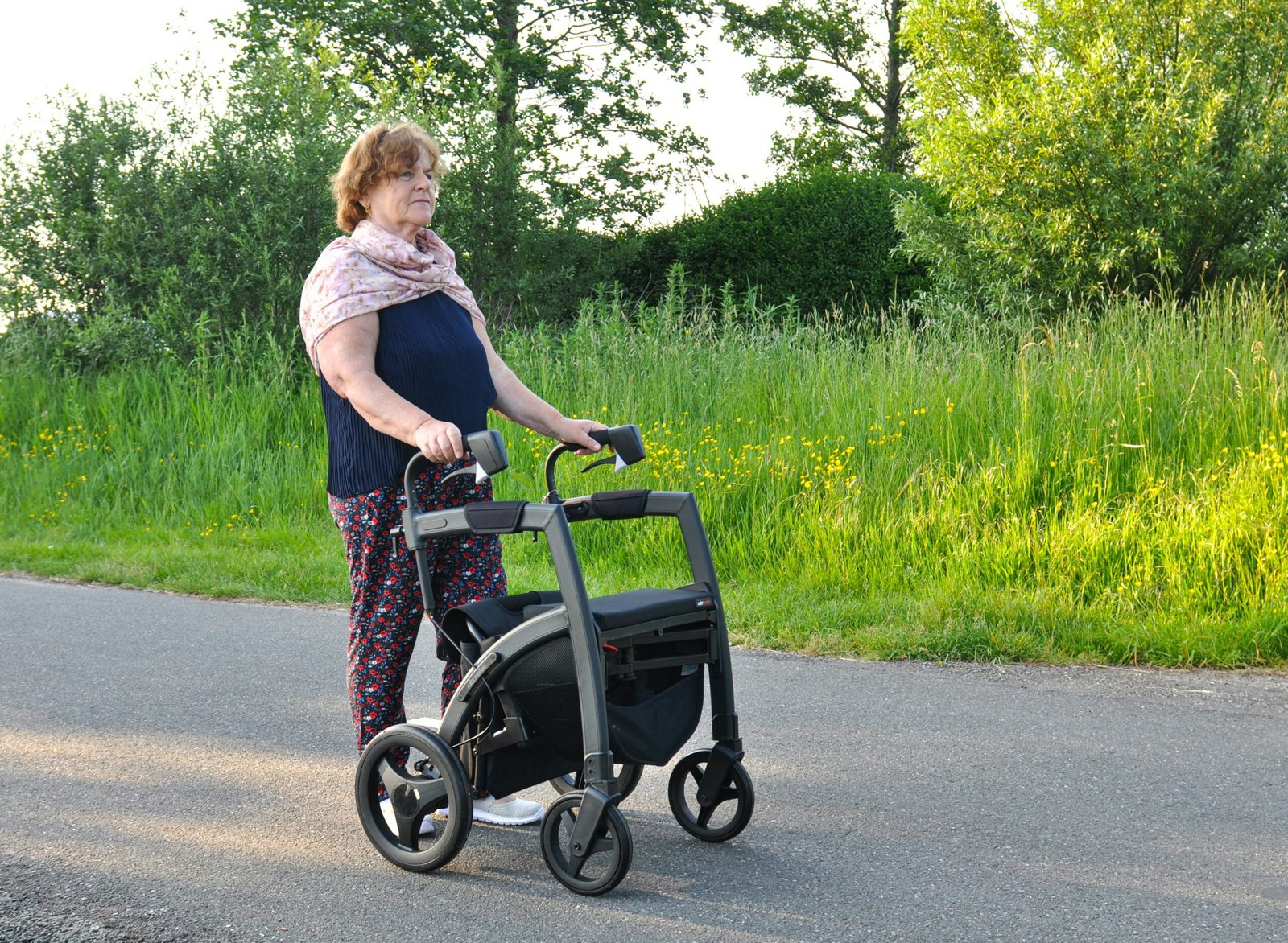Understanding Parkinson’s Disease
Parkinson’s disease is a neurodegenerative disorder that affects the central nervous system. It is a progressive condition, meaning that it worsens over time. People with Parkinson’s disease experience a range of symptoms that can significantly impact their daily lives.
Symptoms of Parkinson’s Disease
The symptoms of Parkinson’s disease can vary from person to person, but some of the most common ones include:
- Tremors or shaking of the hands, arms, legs, jaw, or face
- Stiffness or rigidity in the muscles
- Slowness of movement, also known as bradykinesia
- Balance problems and difficulty walking
- Changes in speech, such as softness or slurring
- Loss of automatic movements, like blinking or swinging your arms while walking
These symptoms can vary in severity and may progress slowly over time. It’s important to note that not everyone with Parkinson’s disease will experience all of these symptoms.
Causes and Risk Factors
The exact cause of Parkinson’s disease is still unknown, but researchers believe that a combination of genetic and environmental factors play a role. Some of the risk factors associated with Parkinson’s disease include:
- Age: The risk of developing Parkinson’s disease increases with age, with most cases being diagnosed in people over the age of 60.
- Gender: Men are more likely to develop Parkinson’s disease than women.
- Family history: Having a close relative with Parkinson’s disease increases your risk.
- Exposure to toxins: Certain environmental toxins, such as pesticides and herbicides, may increase the risk of developing Parkinson’s disease.
Treatment Options
While there is currently no cure for Parkinson’s disease, there are various treatment options available to manage the symptoms and improve quality of life. The treatment plan will vary depending on the individual and the stage of the disease. Some common treatment options include:
- Medications: There are several medications available that can help control the symptoms of Parkinson’s disease, such as levodopa, dopamine agonists, and MAO-B inhibitors.
- Physical therapy: Physical therapy can help improve mobility, balance, and overall strength.
- Speech therapy: Speech therapy can help improve speech and swallowing difficulties that may arise from Parkinson’s disease.
- Surgery: In some cases, deep brain stimulation surgery may be recommended to help control symptoms.
- Lifestyle changes: Making certain lifestyle changes, such as regular exercise, a healthy diet, and getting enough sleep, can also help manage the symptoms of Parkinson’s disease.
Living with Parkinson’s Disease
Being diagnosed with Parkinson’s disease can be challenging, but with the right support and management strategies, it is possible to live a fulfilling life. Here are some tips for living with Parkinson’s disease:
- Stay informed: Educate yourself about the disease and stay up-to-date with the latest research and treatment options.
- Build a support network: Surround yourself with a supportive network of family, friends, and healthcare professionals who can provide emotional and practical support.
- Manage stress: Find healthy ways to cope with stress, such as practicing relaxation techniques or engaging in activities you enjoy.
- Stay active: Regular exercise can help improve mobility, balance, and overall well-being.
- Seek emotional support: Consider joining a support group or talking to a therapist who specializes in working with individuals with Parkinson’s disease.
Remember, everyone’s experience with Parkinson’s disease is unique, and it’s important to work closely with your healthcare team to develop a personalized treatment plan that addresses your specific needs and goals.
